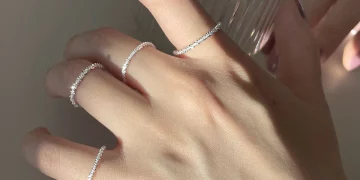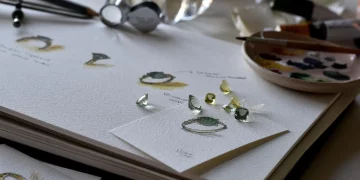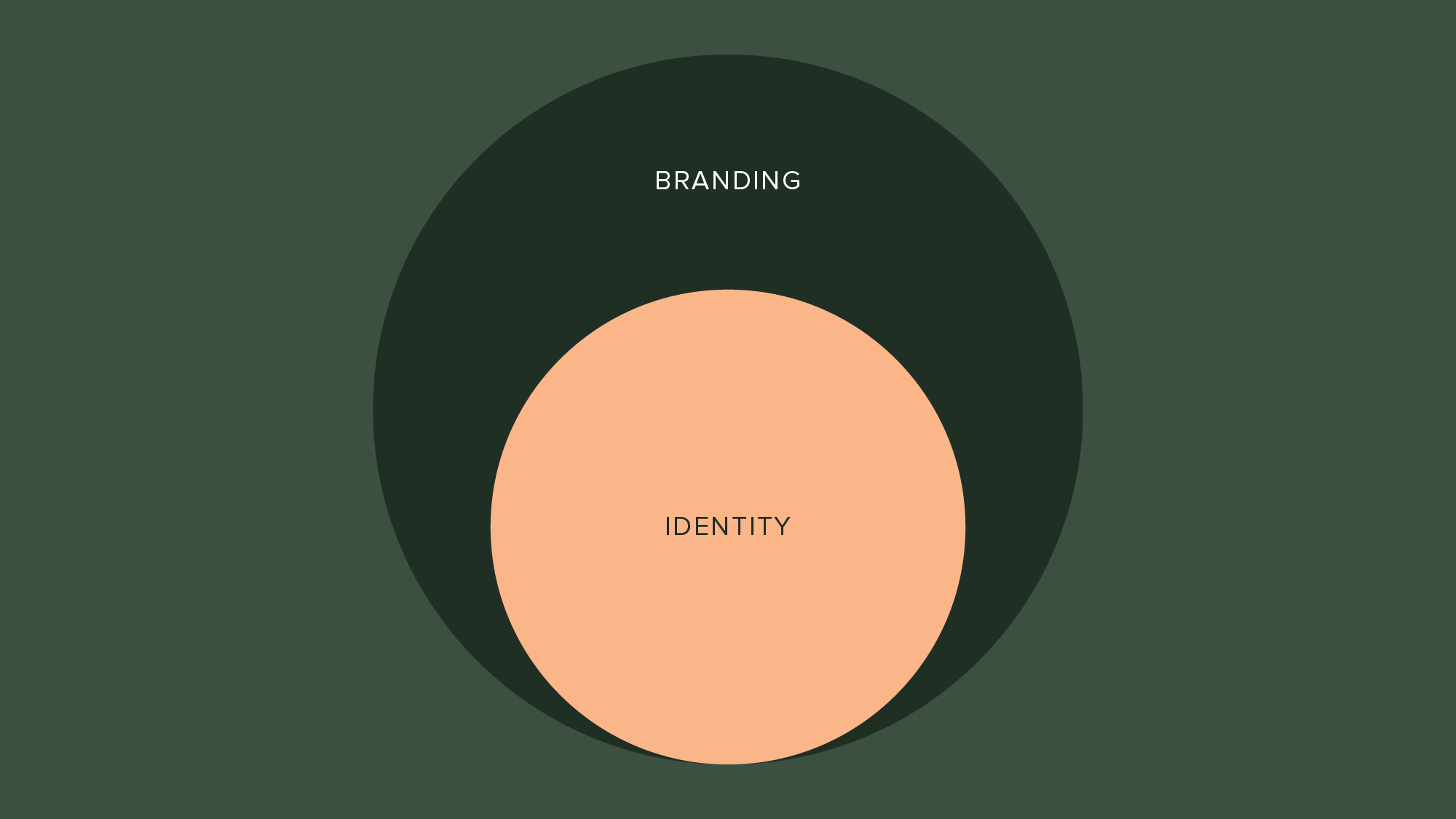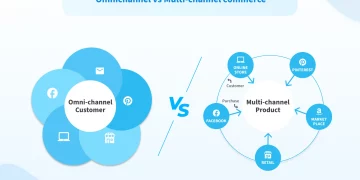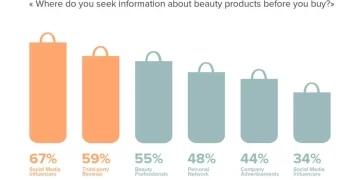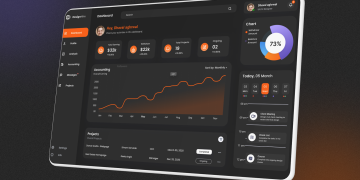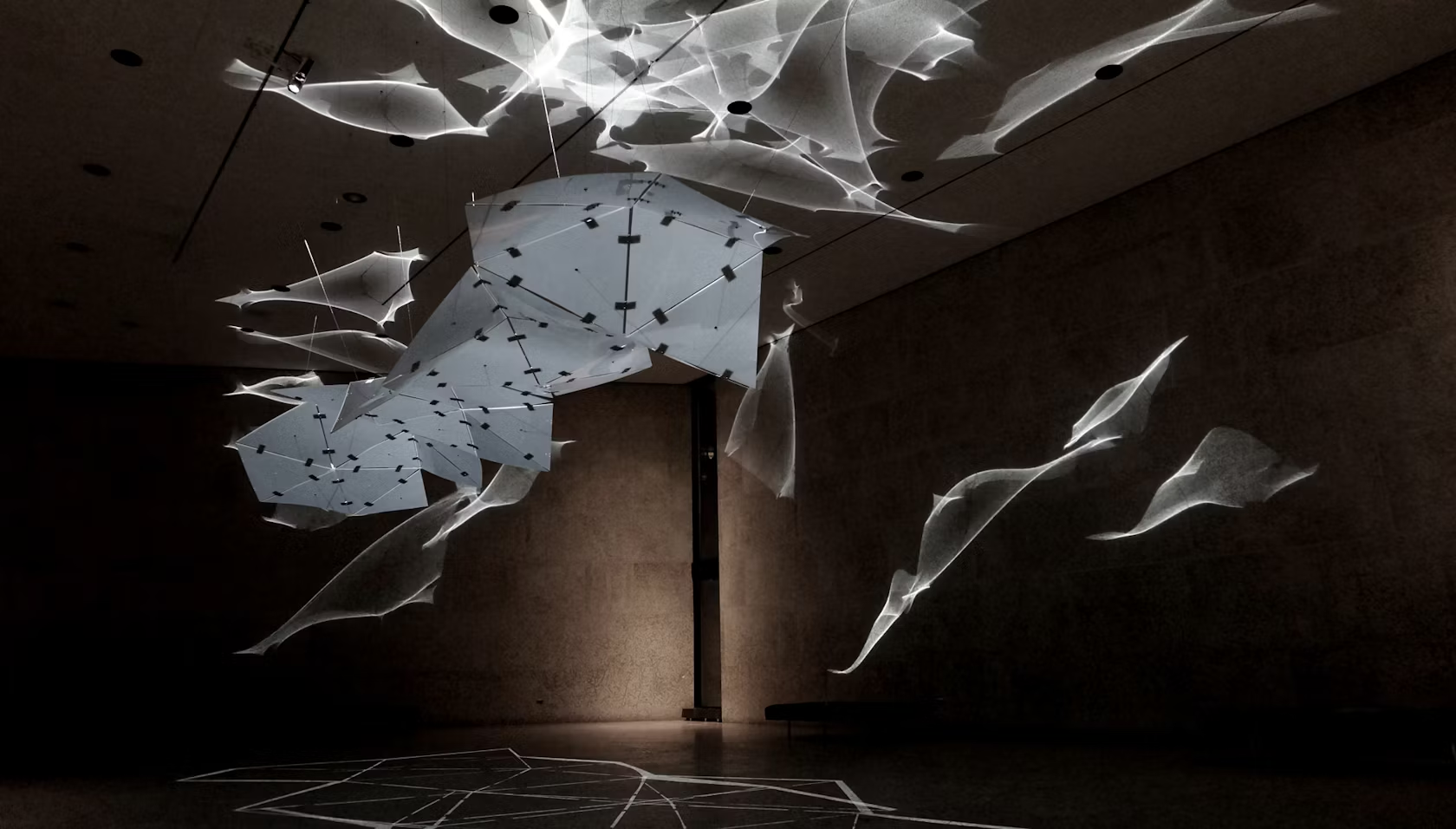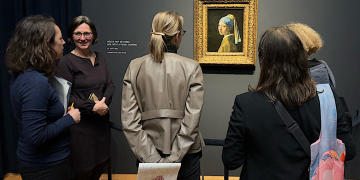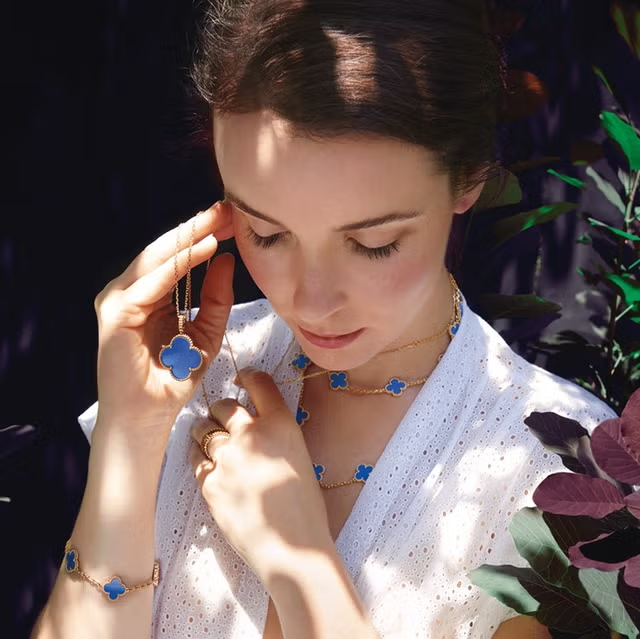The jewelry industry, traditionally defined by physical exhibitions that showcase exquisite designs in luxurious settings, is gradually embracing a new frontier in digital transformation. The rise of virtual exhibitions has prompted a fundamental shift in how jewelry is experienced, challenging the conventional approach to trade shows, gallery showcases, and private collections. As we move deeper into the digital age, the question arises: Can virtual jewelry exhibitions completely transform the traditional viewing experience?
In this article, we will explore how virtual jewelry exhibitions are disrupting the industry, highlighting their potential to reshape the way consumers, collectors, and designers engage with luxury jewelry. We will delve into the benefits and limitations of this new model, examining whether it can match or even surpass the traditional, in-person experiences that have long defined the jewelry world.
1. Expanding Accessibility: Breaking Geographic Barriers
One of the most significant advantages of virtual jewelry exhibitions is their ability to overcome geographic constraints. Traditional jewelry exhibitions, whether held in iconic cities like Basel, Paris, or Hong Kong, often require attendees to travel great distances. This limits the number of potential visitors, particularly those who are unable or unwilling to make the journey.
A. Global Reach
A virtual exhibition opens the doors to a global audience, enabling jewelry enthusiasts, collectors, and industry professionals from around the world to experience the event. Whether someone is based in New York, Dubai, Tokyo, or Paris, they can virtually attend the exhibition without the hassle and expense of travel. This democratization of access is particularly important for niche or emerging designers who might not have the resources to attend traditional trade shows or for smaller boutique brands that rely on international exposure.
For example, online platforms like Vero and Jewelry Virtual have already experimented with virtual showcases, allowing global buyers to interact with designers, view jewelry pieces in high detail, and even purchase items online in real-time. Such virtual events are no longer restricted by time zones or physical spaces, enabling a far-reaching audience to experience jewelry exhibitions like never before.
B. Overcoming Physical Limitations
In a physical exhibition, space is often limited, which means only a curated selection of designs can be showcased at any given time. Virtual exhibitions are not constrained by these same limitations. Designers can display an unlimited number of pieces and offer viewers a comprehensive selection, whether that includes high jewelry, emerging collections, or even behind-the-scenes views of the creative process. This ability to showcase an entire collection or a broad spectrum of designs increases the exposure for both well-known and lesser-known designers alike.
2. Enhanced Viewing Experience with Advanced Technology
Virtual exhibitions have the potential to create a richer and more immersive viewing experience using advanced technologies. Augmented reality (AR), virtual reality (VR), and 3D rendering allow attendees to interact with jewelry in ways that are not possible in traditional settings.
A. Augmented Reality (AR) and Virtual Try-Ons
One of the most exciting features of virtual jewelry exhibitions is the possibility of incorporating AR technology to allow potential buyers to try on pieces virtually. Whether it’s an engagement ring, a statement necklace, or a bracelet, visitors can see how the jewelry looks on their own bodies, using only their phone or computer camera. Leading jewelry brands like Tiffany & Co. and Pandora have already adopted AR technology on their websites and apps, allowing customers to see how pieces look on them before making a purchase.
For example, a customer viewing a piece in a virtual exhibition could use AR to “try it on” and view it from different angles, seeing how the design fits their personal style. This creates an interactive experience that mirrors the feel of trying on jewelry in person, but with the added convenience and accessibility of being able to do so from home.
B. 3D Rendering and High-Resolution Images
Another technological advancement in virtual exhibitions is the ability to showcase jewelry pieces with 3D rendering and high-resolution imaging. These technologies provide superior detail, allowing virtual attendees to zoom in on the fine craftsmanship, intricate gemstones, and delicate settings in a way that is often difficult in a physical exhibition. In a traditional setting, lighting conditions and distances can limit how clearly viewers see the intricate details of a piece, but 3D models and high-definition visuals break down those barriers.
This enhanced visualization makes it easier for collectors and buyers to appreciate the artistry and craftsmanship of each piece. Furthermore, 3D models can often be rotated and examined from every angle, giving the visitor the ability to fully explore the design, similar to how they might do so in person.
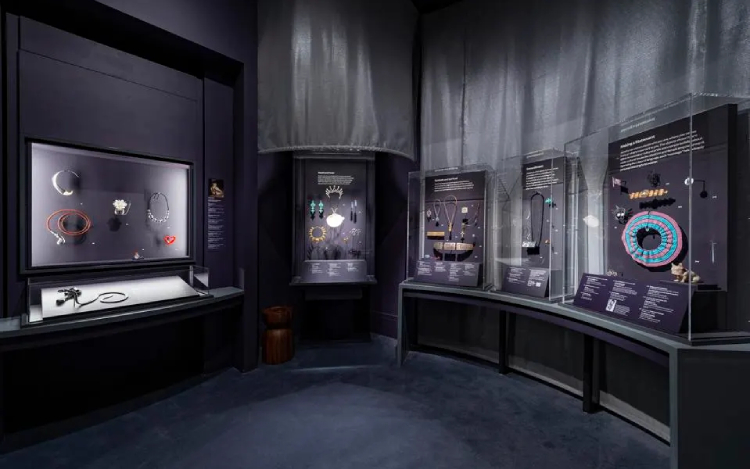
3. Personalized and Interactive Engagement
One of the primary draws of virtual exhibitions is their ability to provide personalized interactions. While traditional events often rely on in-person meetings and individual booth visits, virtual exhibitions allow for a more interactive and customized experience that can be tailored to the needs of each visitor.
A. One-on-One Virtual Consultations
Virtual exhibitions offer real-time communication between potential buyers and designers or brand representatives. Through live chat features, video calls, or interactive webinars, visitors can ask questions about specific pieces, get more information about the materials used, and learn about the story behind the designs. This interaction adds a level of personalization to the experience, helping to build relationships with customers and providing answers to their inquiries immediately.
In addition, some virtual platforms offer private, appointment-based sessions, where potential buyers can view collections, receive expert advice, and even customize pieces in collaboration with designers. This personalized approach is more flexible and convenient than traditional in-person consultations, which often require appointments and physical presence.
B. Tailored Recommendations
Using algorithms, virtual jewelry exhibitions can also provide personalized recommendations to visitors based on their browsing behavior, preferences, and past interactions. For example, if a visitor shows interest in a particular type of jewelry—say, diamond rings—the platform might recommend similar items or even suggest customization options that align with the visitor’s tastes.
This personalized approach can also extend to advertising and promotions, making it easier for exhibitors to target specific segments of their audience, providing tailored content that resonates with the individual visitor.
4. Sustainability and Cost Efficiency
Traditional jewelry exhibitions often require a significant investment in terms of logistics, materials, and environmental impact. The cost of renting exhibition space, shipping jewelry, setting up booths, and creating displays can be immense for designers, and it often results in a considerable environmental footprint. In contrast, virtual exhibitions offer an opportunity for sustainability and cost efficiency.
A. Reducing Environmental Impact
Virtual events have a significantly lower environmental impact compared to traditional physical exhibitions. There is no need to ship jewelry across the globe or set up energy-consuming booths. In addition, the virtual format reduces the need for physical materials, such as printed brochures or catalogs, which further lowers the exhibition’s carbon footprint.
B. Cost-Effectiveness
For many designers and small jewelry brands, the cost of attending a traditional jewelry exhibition can be prohibitive. The expenses related to travel, booth fees, and promotional materials can quickly add up. Virtual exhibitions eliminate many of these costs, making them more affordable for independent designers or startups that might not have the resources to participate in large-scale, physical events. This lowers the barrier to entry for emerging talent and enables a broader spectrum of designers to showcase their work on an international stage.
5. Limitations of Virtual Exhibitions
While virtual jewelry exhibitions offer numerous benefits, there are also some limitations that need to be considered when comparing them to traditional in-person experiences.
A. Lack of Physical Interaction
Despite the advances in technology, virtual exhibitions cannot fully replicate the experience of physically handling or trying on jewelry. For many collectors and buyers, the tactile experience of feeling the weight, texture, and quality of a piece is essential in making purchasing decisions. Jewelry is often seen as a personal, emotional purchase, and the lack of physical interaction may hinder some people’s willingness to invest in high-end pieces.
B. Limited Social Interaction
Traditional exhibitions often offer ample opportunities for networking and socializing with other industry professionals, designers, and potential buyers. Virtual platforms, while offering chat and video options, may lack the spontaneity and depth of in-person conversations and the ability to build relationships over time.
Conclusion: Virtual Jewelry Exhibitions—A Revolutionary Step, but Not a Complete Replacement
Virtual jewelry exhibitions represent a revolutionary shift in how jewelry is displayed, experienced, and purchased. They have the potential to expand accessibility, enhance engagement through technology, and reduce environmental and financial costs. However, they also come with certain limitations that make them unlikely to fully replace traditional, in-person experiences, particularly for high-end buyers seeking a more personal, tactile, and emotional connection with the jewelry.
The future of jewelry exhibitions may well involve a hybrid model, where the best of both virtual and physical events are combined to offer a more comprehensive and flexible viewing experience. Whether virtual exhibitions can completely transform the traditional model depends on their ability to continuously innovate, improve the digital experience, and address the emotional and tactile needs of jewelry buyers.

